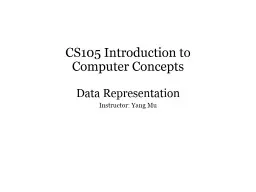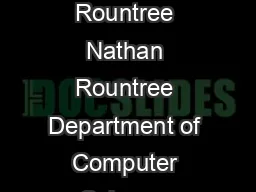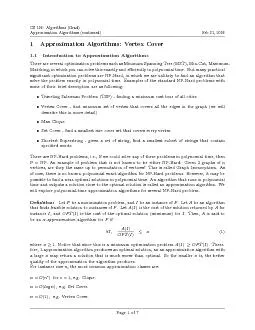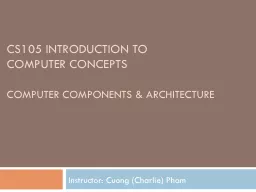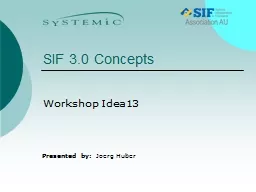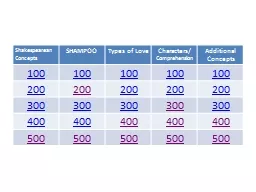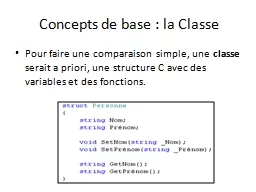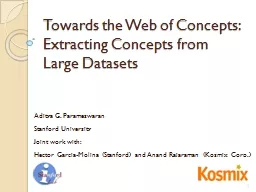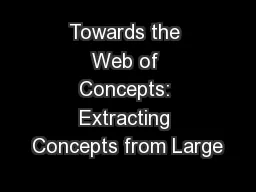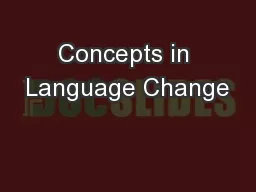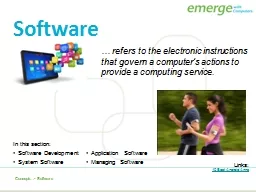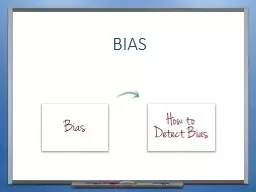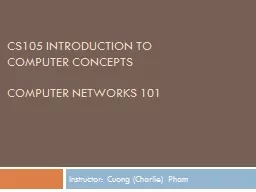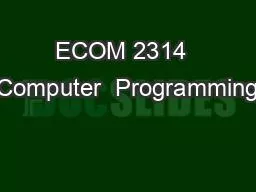PPT-CS105 Introduction to Computer Concepts
Author : test | Published Date : 2019-03-15
Data Representation Instructor Yang Mu Outline Analog vs Digital Data Compression Text Image and Graphic Video 332014 Data and Computers Computers are multimedia
Presentation Embed Code
Download Presentation
Download Presentation The PPT/PDF document "CS105 Introduction to Computer Concepts" is the property of its rightful owner. Permission is granted to download and print the materials on this website for personal, non-commercial use only, and to display it on your personal computer provided you do not modify the materials and that you retain all copyright notices contained in the materials. By downloading content from our website, you accept the terms of this agreement.
CS105 Introduction to Computer Concepts: Transcript
Download Rules Of Document
"CS105 Introduction to Computer Concepts"The content belongs to its owner. You may download and print it for personal use, without modification, and keep all copyright notices. By downloading, you agree to these terms.
Related Documents

